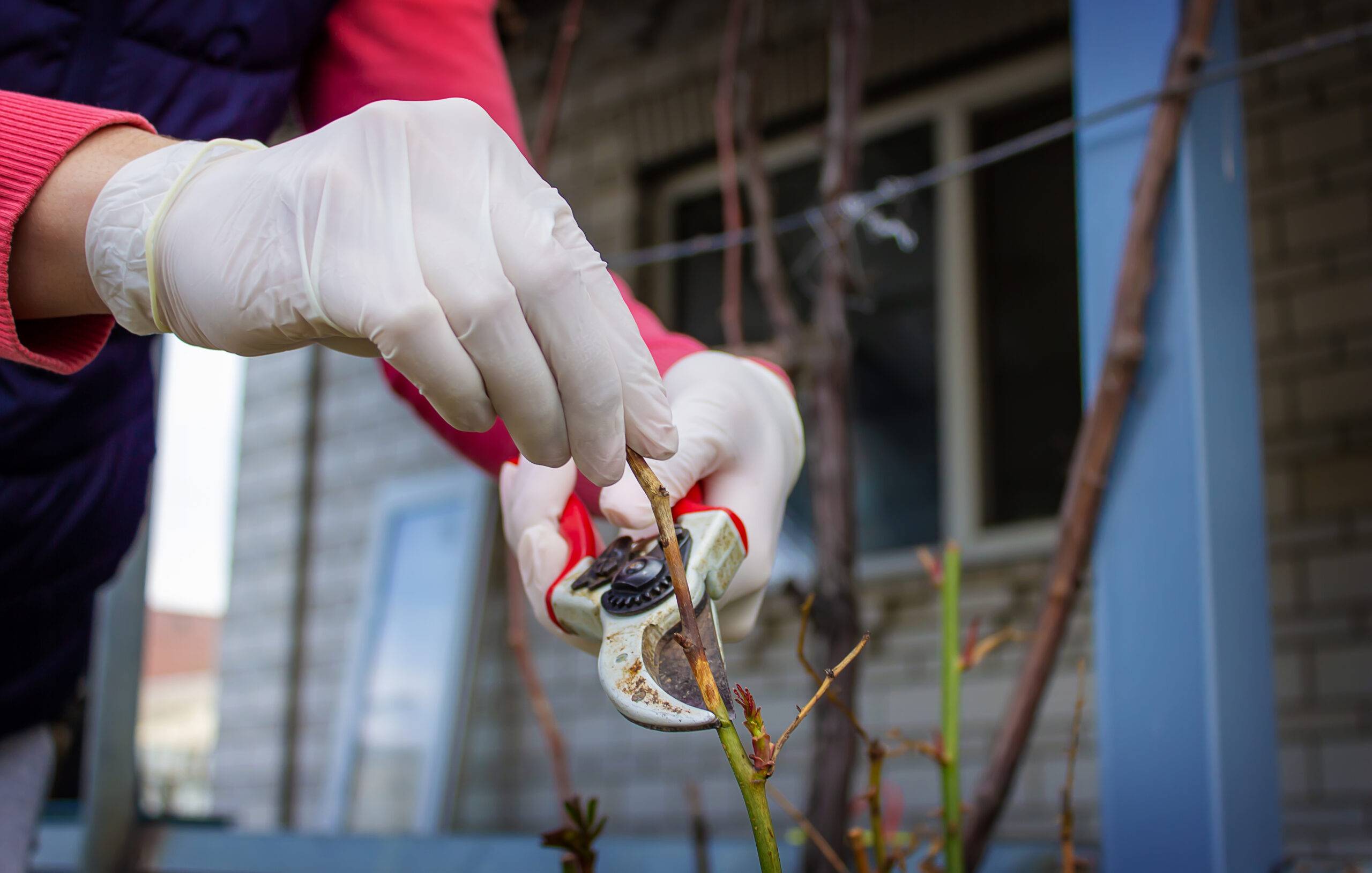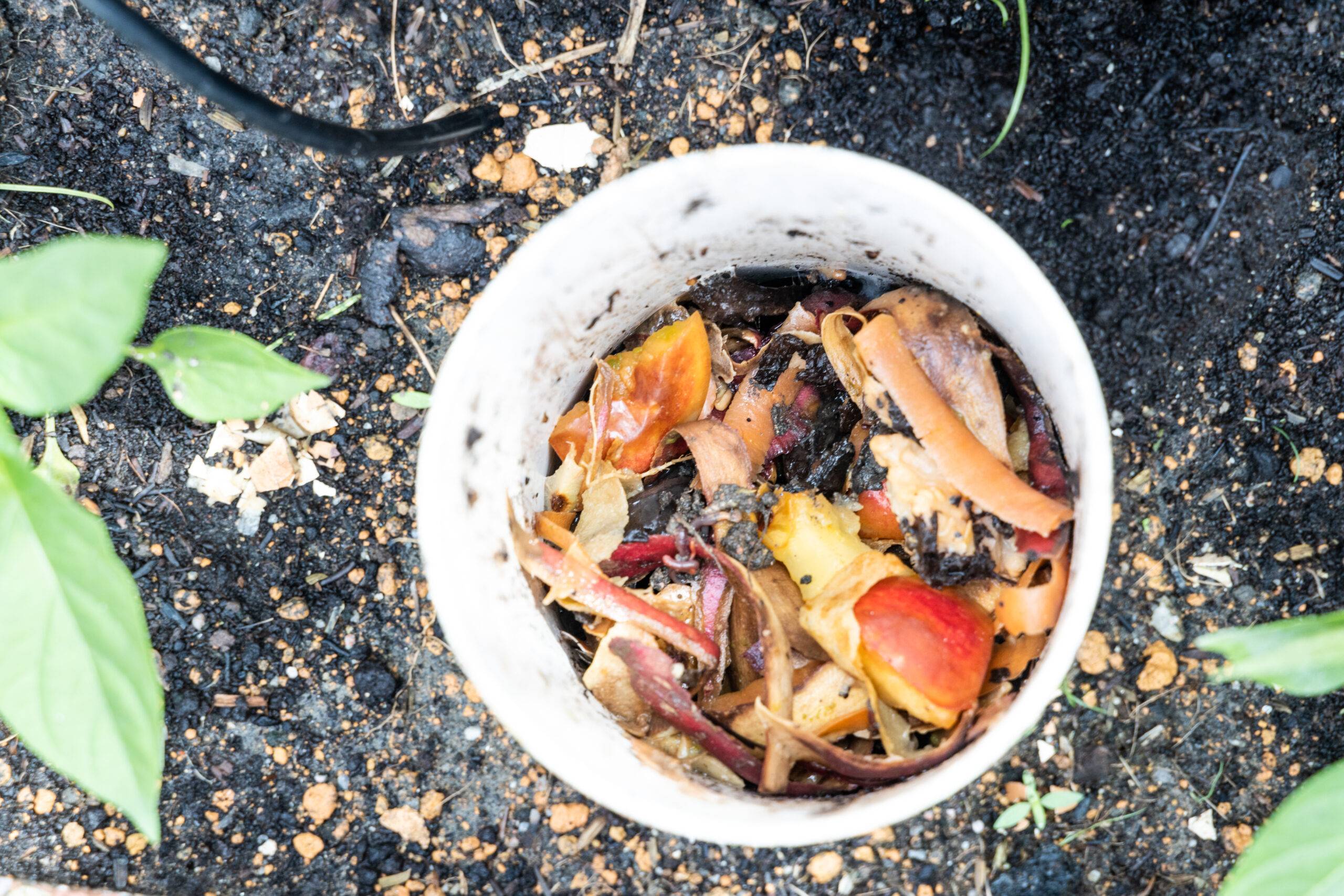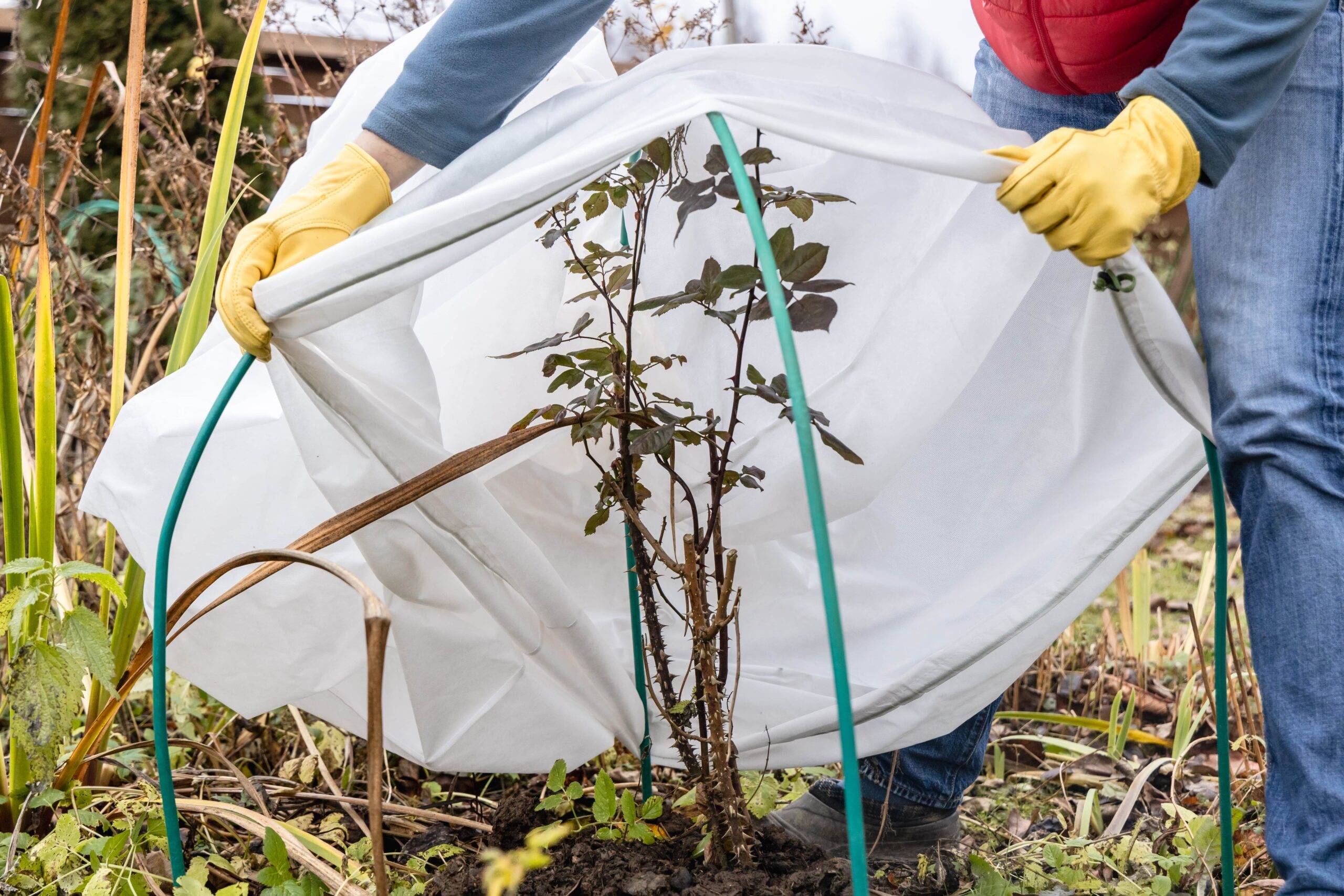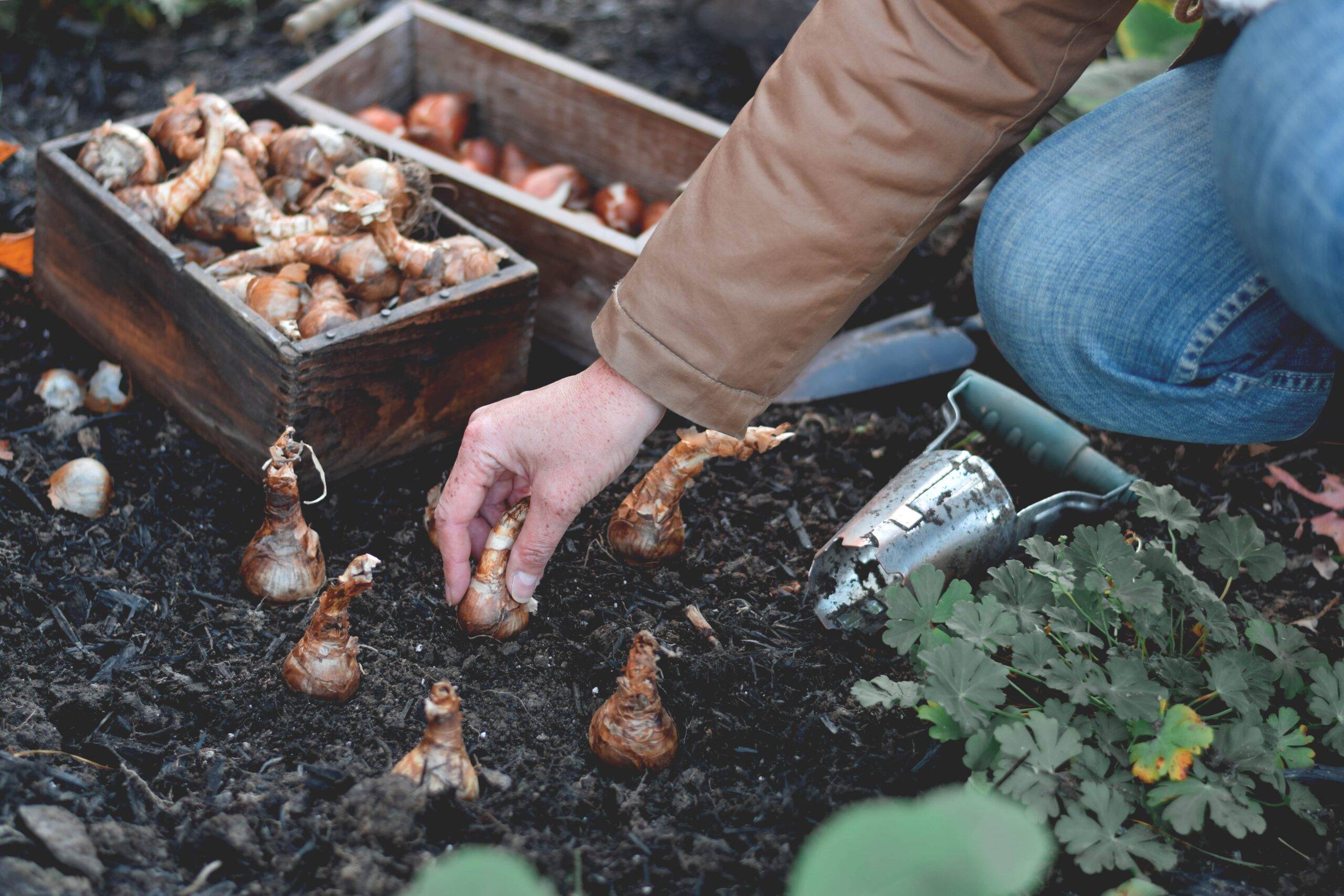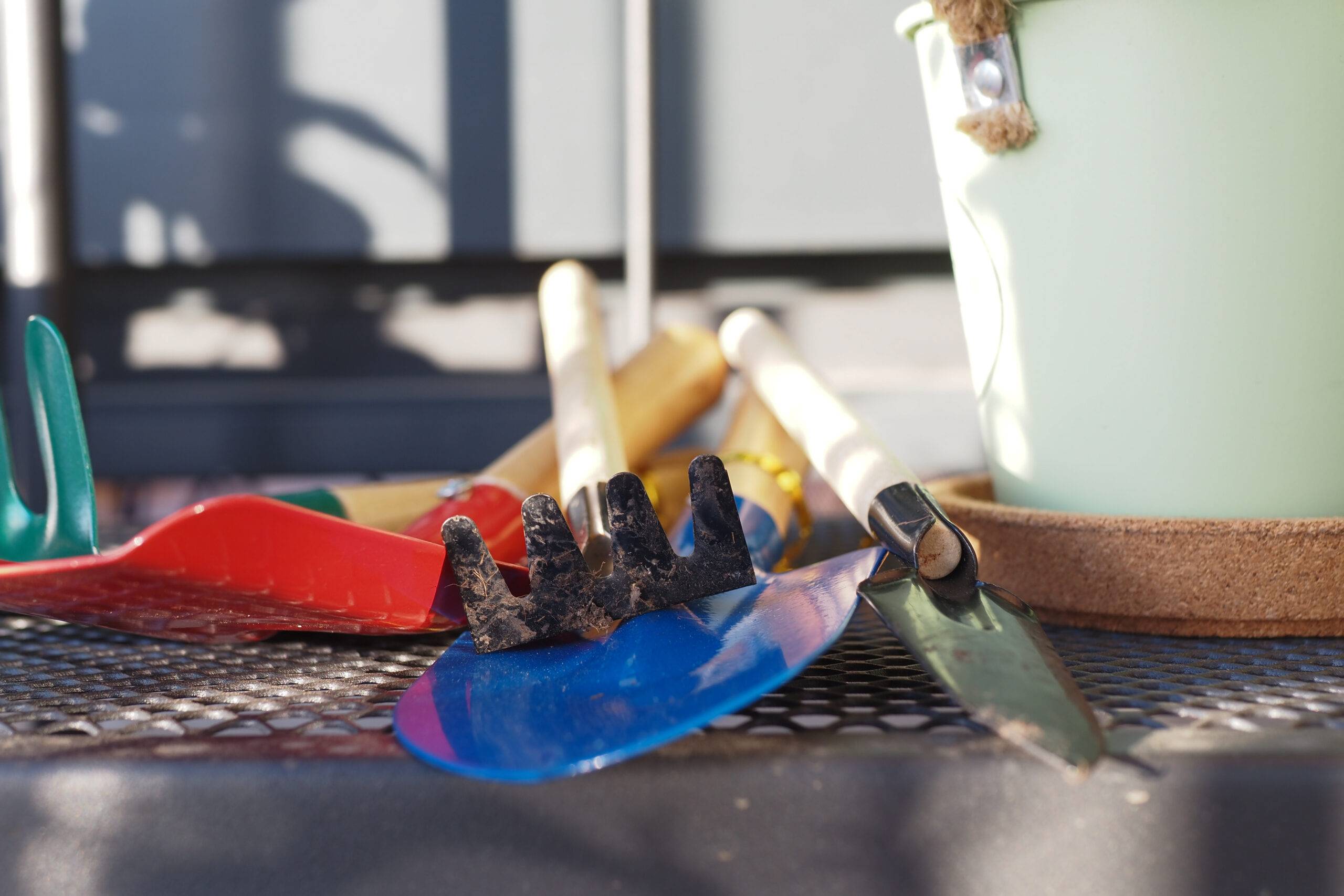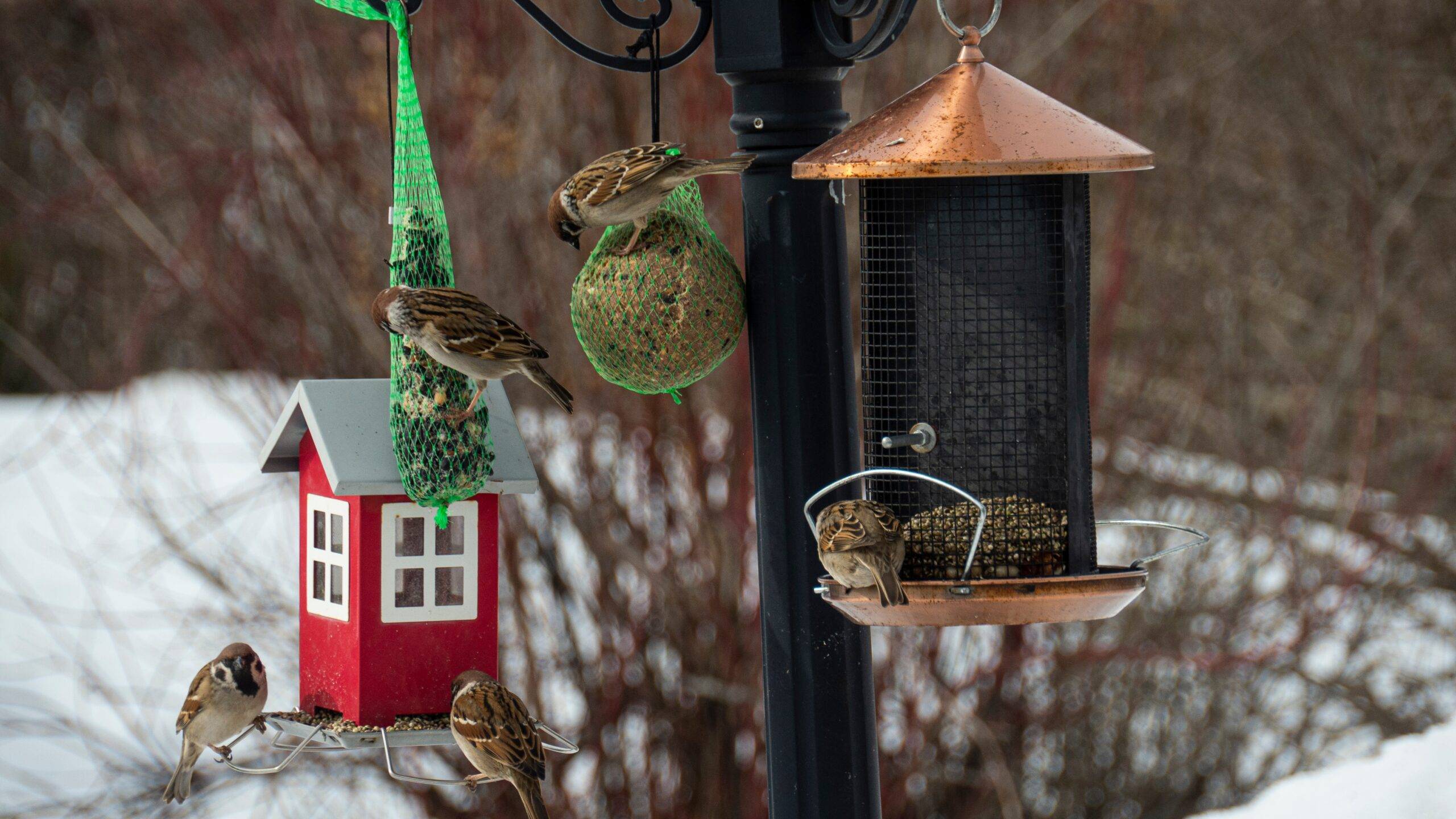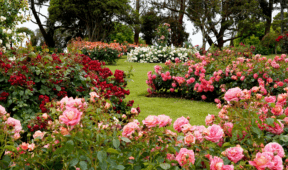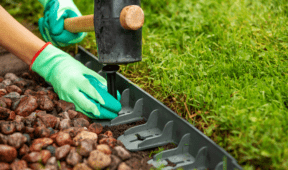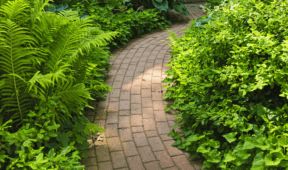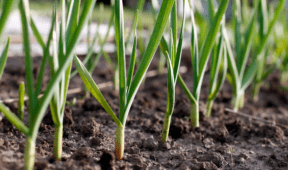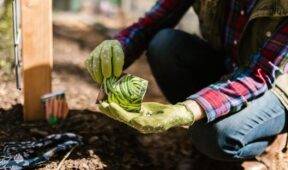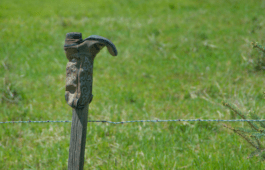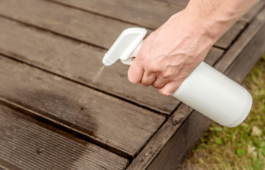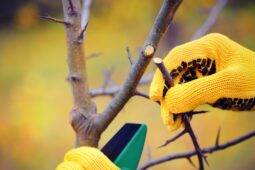Do These 7 Things In The Fall To Maintain A Healthy Garden
Fall is a season of transition, and your garden feels it just as much as you do. Though cooler nights and shorter days means plants are starting to wither, there are still things to be done in the fall that’ll help shape how well your garden comes back in spring. Fall is not the time to walk away from your yard, t’s the time to prepare for the next year’s regrowth. Here’s what needs to get done.
Clear Out Old Plants
First things first is to get rid of all your dead or dying plants. Not just for the look either, decaying plants can actually attract pests and spread disease, which then lingers in your soil. Take time to pull out roots and stalks, and if the plants are still healthy, add them to your compost pile. If they show any signs of mold or pests, throw them away ASAP.
Boost Your Soil
Fall is an excellent time to feed your soil. Adding compost, leaf mold, or aged manure to your now-clear soil gives it a chance to absorb some extra nutrients before winter. As these materials break down, they’ll improve your soil’s texture and help feed new plants in the spring. Spread a layer across your beds and gently work it in. Even if you don’t plant a fall crop, enriching the soil now builds a strong foundation for next season.
Mulching
Mulching, different from adding organic material, in the fall helps protect your soil from the harsh, cold weather of winter. A layer of straw, shredded leaves, bark, or general mixed mulch helps keep in moisture, insulate roots, and prevent damage from wind and rain. Mulch also reduces weed growth, leaving you less work in spring. Spread an even layer around perennials, shrubs, and any late-season vegetables still growing. This protective blanket gives your plants a better chance of surviving the winter.
Protect Living Plants
Speaking of protecting your plants from the cold, there are some other measures you can (and should) take. Besides adding extra layers of mulch, sensitive shrubs should be wrapped in burlap or another protective cover. Container plants should be moved to sheltered areas or brought inside if possible. Part of maintaining a garden throughout the winter is taking measures to help it bounce back in the spring.
Plant Bulbs
Fall is the season to think ahead to spring blooms. Tulips, daffodils, crocus, and hyacinths need the chill of winter to sprout strong in spring. Plant them into well-drained soil before the ground freezes. Adding a layer of mulch over bulb beds protects them from frost heave, too. By planning now, you guarantee a garden that comes alive with color just when you need it most after a long winter.
Clean Your Tools
Your tools have worked hard all season and need care to last. Cleaning off any stuck soil, sharpening blades, and oiling moving parts helps keep them in top condition. Store them in a dry place to prevent any rust or damage during the cold months. A little effort now means you won’t be faced with tools that need replacing come springtime.
Help the Wildlife
Gardens don’t just belong to people. Birds, insects, and small animals also rely on them, so give them a hand while planning your prep work. Leaving seed heads, building a brush pile, and installing bird feeders can help wildlife survive the winter by providing food and light shelter. Supporting wildlife (yes, even the bugs) helps maintain a balanced ecosystem that will benefit your garden in the long run!
Related Articles
- Essential Steps for Fall Garden Prep to Guarantee a Blooming Spring
- These 8 Late Summer Flowers Will Keep Your Garden Colorful
- 8 Fall Clean-Up Tasks to Prepare Your Home for Winter
While there are plants that grow in the cooler weather, fall gardening is more about prep than anything else, as the choices you make now will decide how healthy and productive your garden will be in the next season. Think of fall as an investment. By putting in the effort today, you give your garden the best chance to thrive when spring finally arrives.

